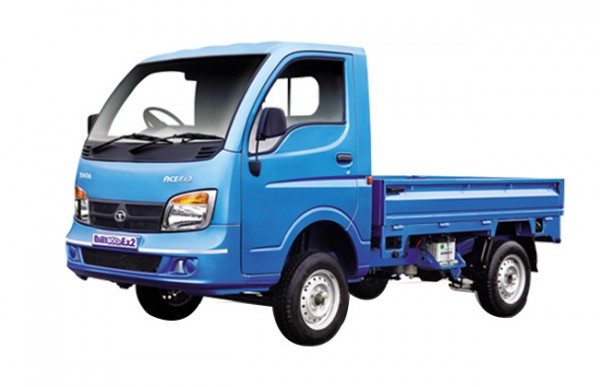Drop in diesel prices has been favorable CV fleet operators as freight rates continue to be firm:
The impact of sharp drop in crude oil prices since July 2014 and subsequently diesel prices has been favorable for CV fleet owners, who had witnessed sharp drop in their earnings over the past couple of years owing to steadily rising operating costs (including fuel) and limited ability to increase freight rates in wake of subdued economic activity. We believe that in general fleet operators have retained the benefit of lower fuel prices as freight rates (as reflected by Road Freight Index (RFI)) have declined by only 3-4% on average, while diesel prices have corrected by ~14% since September 2014. Accordingly, viability of fleet operators would have improved over the past 3-4 months notwithstanding the demand-supply dynamics of vehicle availability across routes.
Based on prevailing freight rates, we estimate that the free cash flows of fleet operators operating on the Delhi-Mumbai route would have increased by almost 40% since September 2014 on back of lower diesel prices (refer exhibit 12). The calculations also factors in the impact of increase in vehicle prices on truck owner’s EMIs following roll-back of excise duty benefits from January 2014. Although the current trend in freight rates is favorable of fleet operators and also suggest that cargo availability is possibly improving, we believe that freight rates may correct in the near-term as end-users would start negotiating for lower rates. Typically, organized fleet operators have contracts, which allow for pass through of fluctuation in diesel prices beyond a certain threshold rates. Nonetheless, the impact of lower fuel prices will be positive as it will result in lower working capital requirement as well.
CV industry is recovering from a long down cycle on back of replacement demand and low base
After two years of down cycle, the domestic CV industry is gradually showing some signs of recovery. YTD FY 2015, the pace at which domestic CV sales have been declining has reduced to 7.3% compared to a contraction of 20.2% witnessed during FY 2014. Within the CV space, the Medium & Heavy Commercial Vehicle (M&HCV) Truck segment has in fact posted a growth of 5.3% in 8m FY 2015, while the HCV (16T+) segment that contributes almost half of total M&HCV Truck sales has been witnessing strong demand (up 32.2% in 8m FY 2015) on back of capacity addition by organized fleet operators and replacement demand to some extent. While the M&HCV Truck segment seems to have bottomed out, the LCV Truck segment is still experiencing demand contraction as significant capacity addition over the past few years and constrained financing environment amidst rising delinquencies remains a challenge for the segment. The bus segment, which contributes nearly 13% to industry sales, is also set to witness improvement in sales after various State Road Transport Undertakings (SRTUs) recently placed orders for new buses as part of the JNNURM II programme.
Expect M&HCV segment to grow by 10-12% in FY 2015 while correction in LCV is likely to continue:
We expect M&HCV segment to post a growth of 6-8% in FY 2015 driven by uptick in demand for M&HCV (Trucks) on back of capacity addition by large fleet operators, replacement demand following fleet ageing and deferrals over the past couple of years and improving viability of fleet operators. Unlike M&HCVs, we expect the LCV segment to witness de-growth of around 10-12% during FY 2015 as the trickle down impact of slowing economy on this segment has been a recent phenomenon. Further, the segment’s prospects are also influenced to a great extent by constrained financing environment amidst rising delinquencies. Nevertheless, driven by certain structurally favorable factor, the segment’s growth prospects over the medium-term remain intact.




